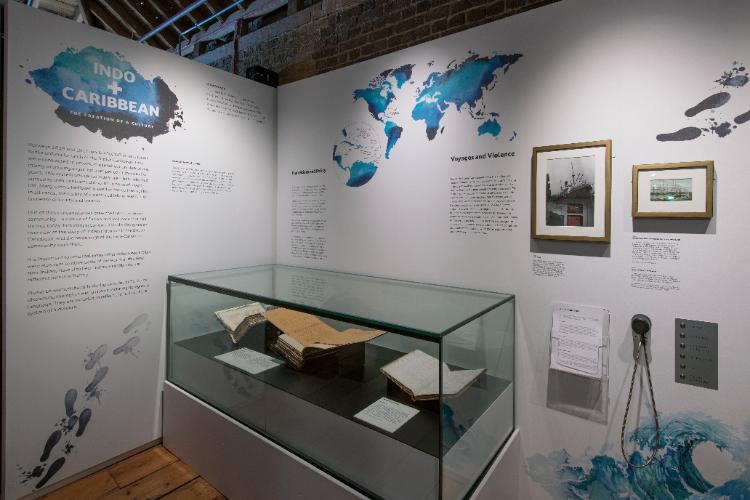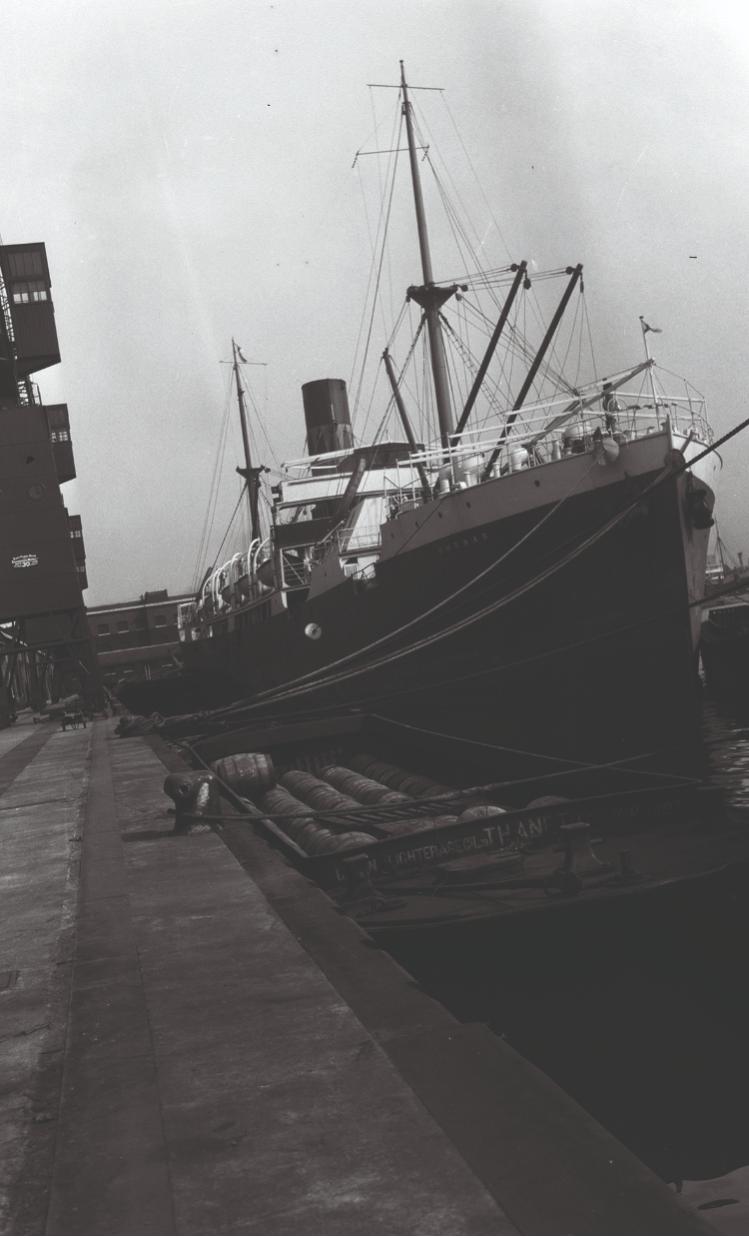A new Museum of London display highlights the hidden story of Indian indenture in the British Caribbean
Postcard, Circa 1900, Trinidad (Credit: JF Manicom)
3 min read
Currently on display at the Museum of London Docklands is a book containing handwritten letters from 1837, written by Sir John Gladstone for the attention of the Colonial Office.
They request support for his plan to bring Indian migrants to the British Caribbean as part of a system called indenture. This plan was subsequently approved by Order in Council.
The book is part of a new display, Indo + Caribbean: The creation of a culture, which aims to introduce people to the topic of Indian indenture in the British Caribbean. It was the end of enslaved African labour in the British Caribbean which catalysed Indian indenture, with planters such as Gladstone deciding that India was the best alternative source of cheap labour for their plantations. Between 1838 and 1917 around 450,000 Indians went to the British Caribbean having been committed to indenture contracts that tied them to three or five years of work. This display focuses on the British Caribbean story but indentured Indians also went to many other parts of the world at this time.
The Indo-Caribbean community are often left out of the story of Windrush
Indian migrants faced difficult experiences. The majority were either deceived into signing their contracts or forced into the situation by desperate circumstances including poverty. The ocean journey to the Caribbean, which could last as long as five months, was the backdrop to suffering and abuse that is still being uncovered. Life on plantations revolved around gruelling work. Another document in the museum display, the appendix to an 1859 House of Lords paper from the parliamentary archives, describes Indians in Guyana falling ”victim to disease and misery”. Acts of rebellion were a prominent feature of Indian indentured labour on plantations as migrants reacted to the many injustices that characterised the system.
 Indo + Caribbean display at Museum of London Docklands (Credit: Museum of London)
Indo + Caribbean display at Museum of London Docklands (Credit: Museum of London)
After 1917, many Indians remained in the British Caribbean developing a vibrant and unique Indo-Caribbean culture, and they later formed part of the Windrush generation arriving in Britain following the 1948 British Nationality Act. As we mark Windrush 75 this year, the display helps to showcase the diversity of Caribbean identities in the United Kingdom. This is particularly important as the Indo-Caribbean community is often left out of the story of Windrush, and of wider conversations on the Caribbean community in Britain. A general lack of understanding around their history has contributed to this erasure. By encouraging all, prior knowledge or not, to visit and discover this history the display aims to tackle this issue.
 Indian indenture ship SS Chenab (Credit: A.G. Linney / Museum of London)
Indian indenture ship SS Chenab (Credit: A.G. Linney / Museum of London)
Indo-Caribbeans in the UK today have been doing incredible work to increase awareness of their history and to support their community. Projects range from events that celebrate Indo-Caribbean identity, to efforts to get teaching on indenture into schools. We are really proud at the Museum of London Docklands to be working with the community at this time to highlight this underrepresented history.
Shereen Lafhaj ia lead curator of Indo + Caribbean: The creation of a culture, Museum of London Docklands
